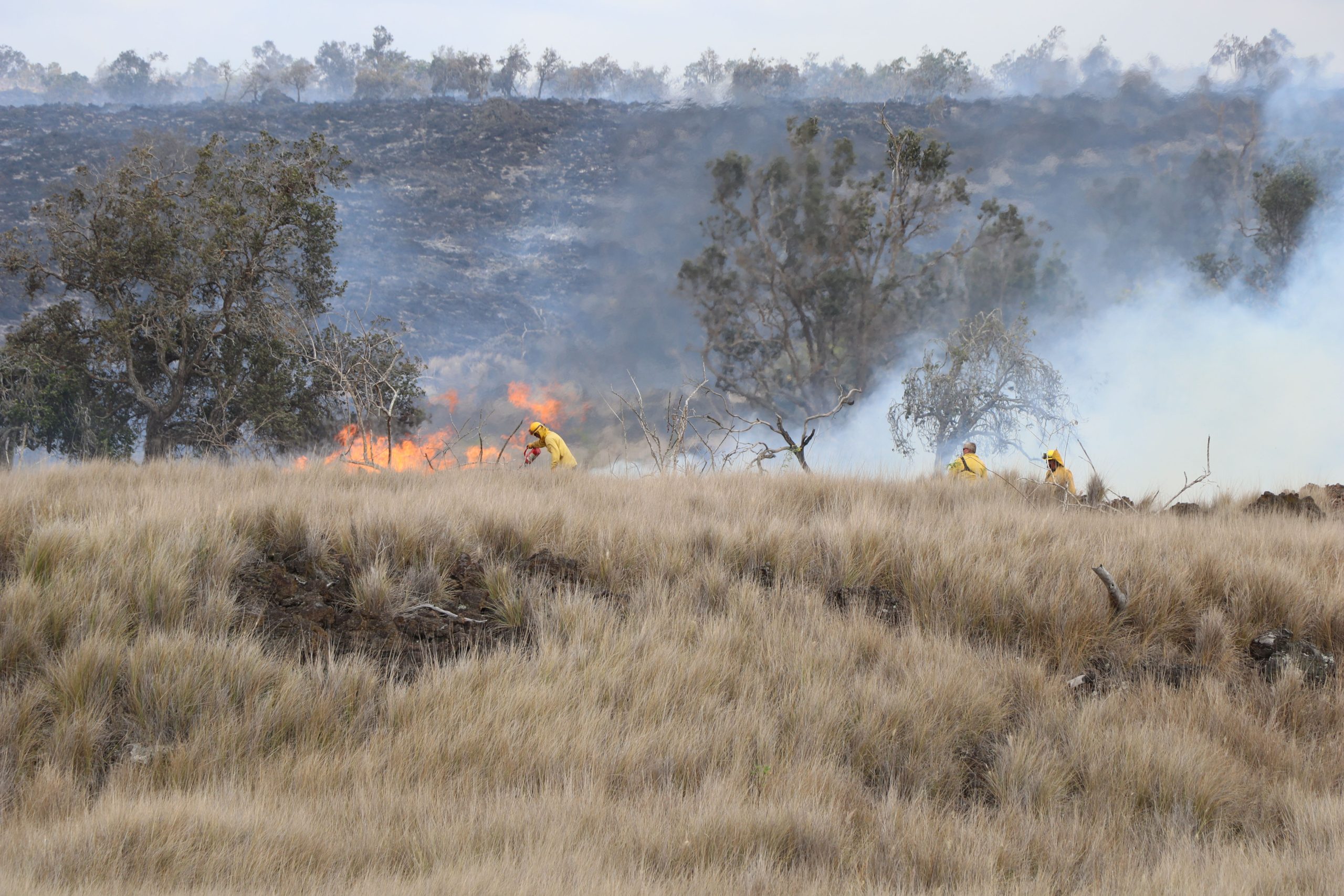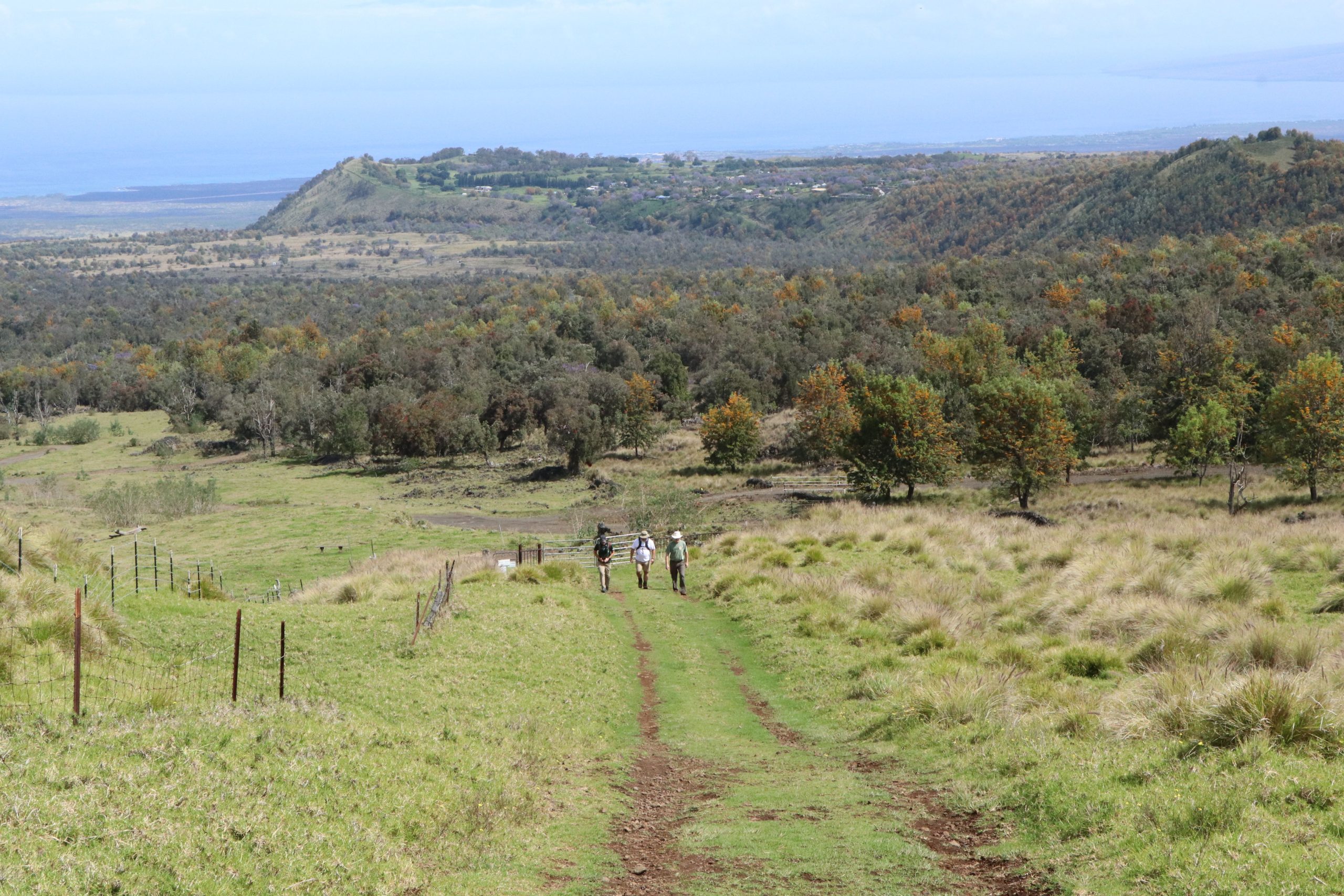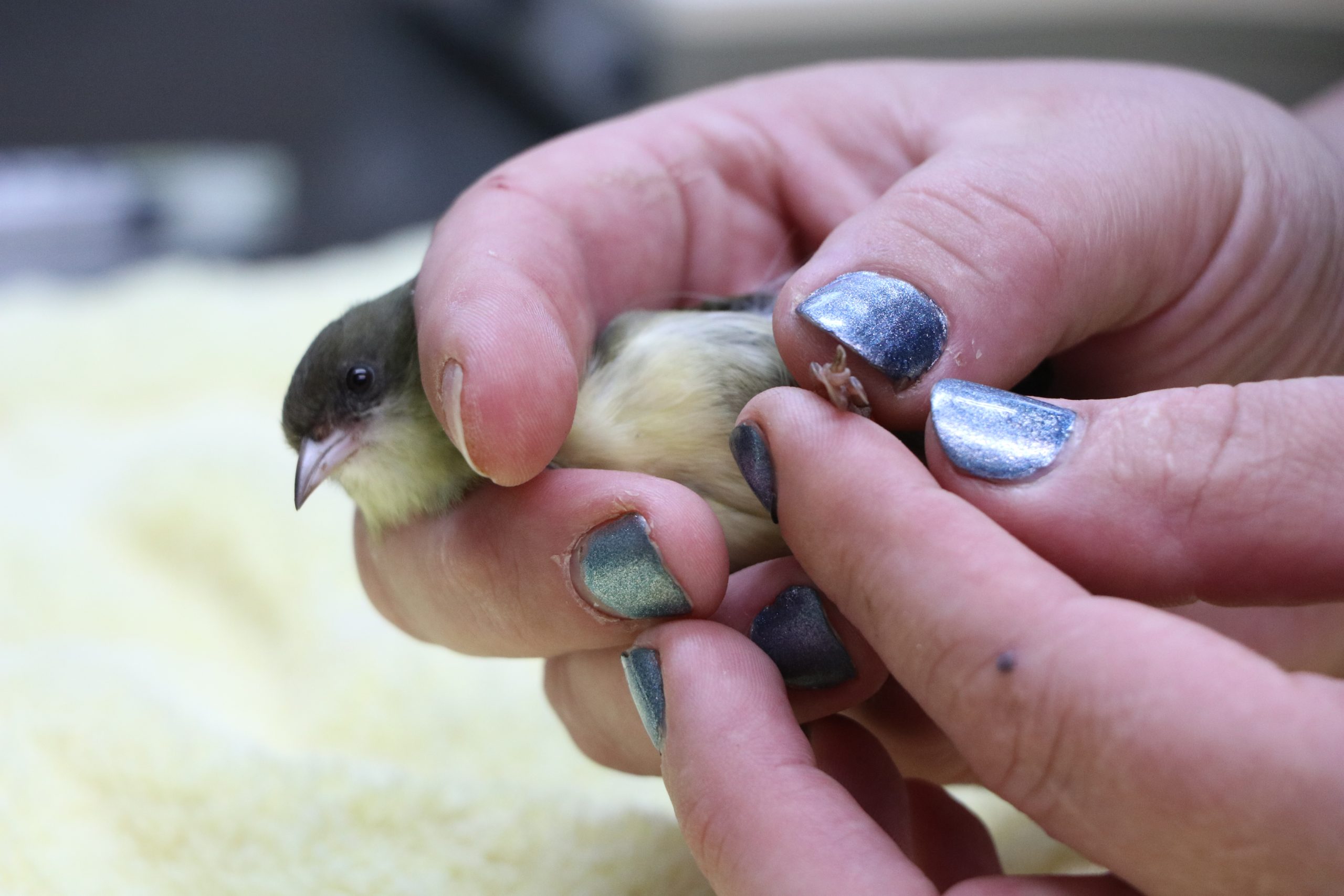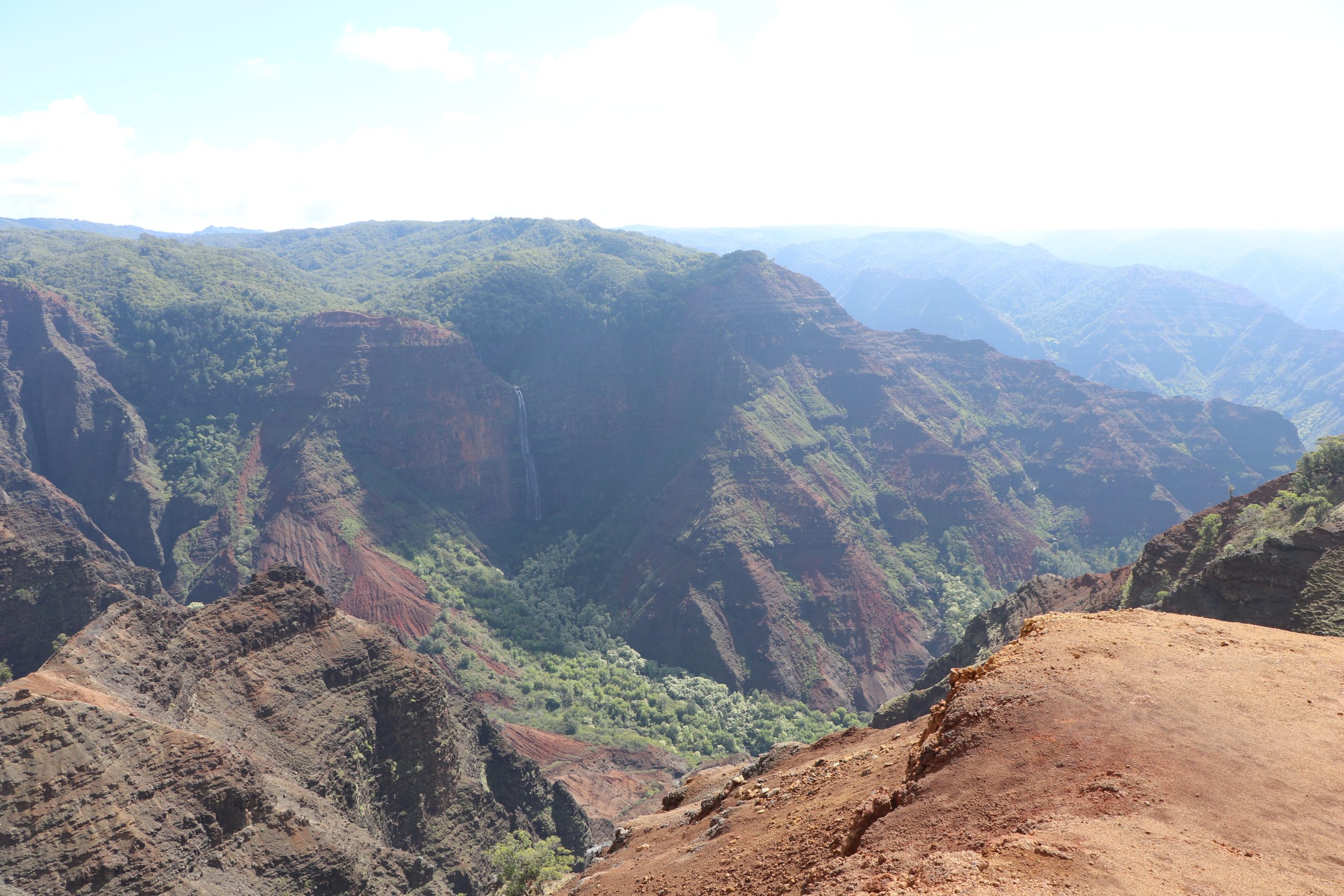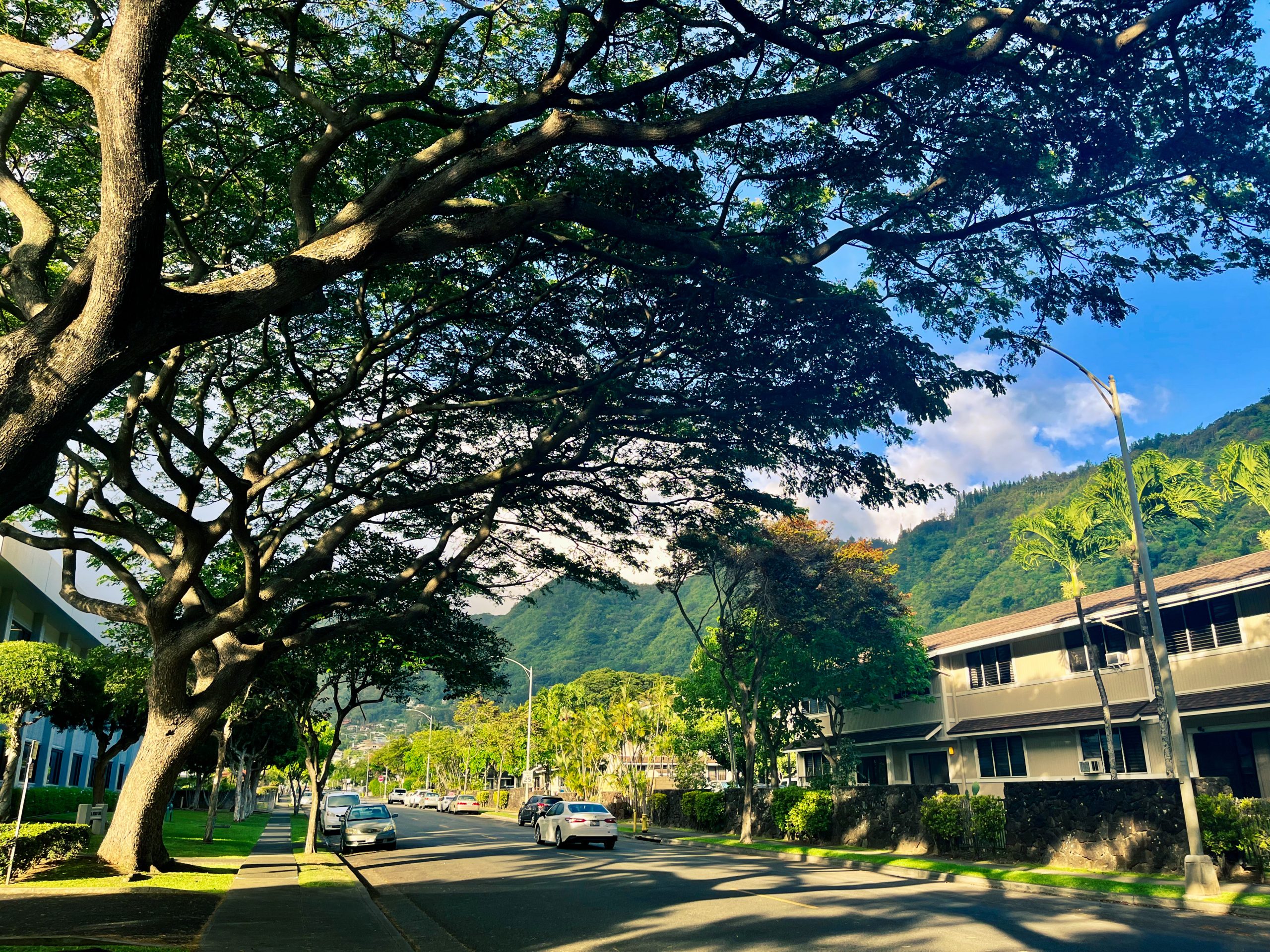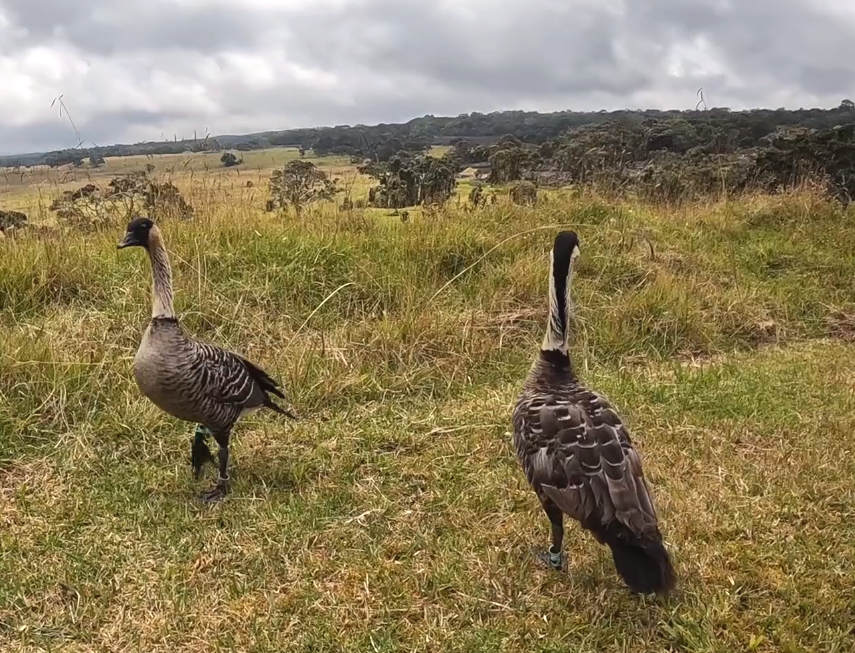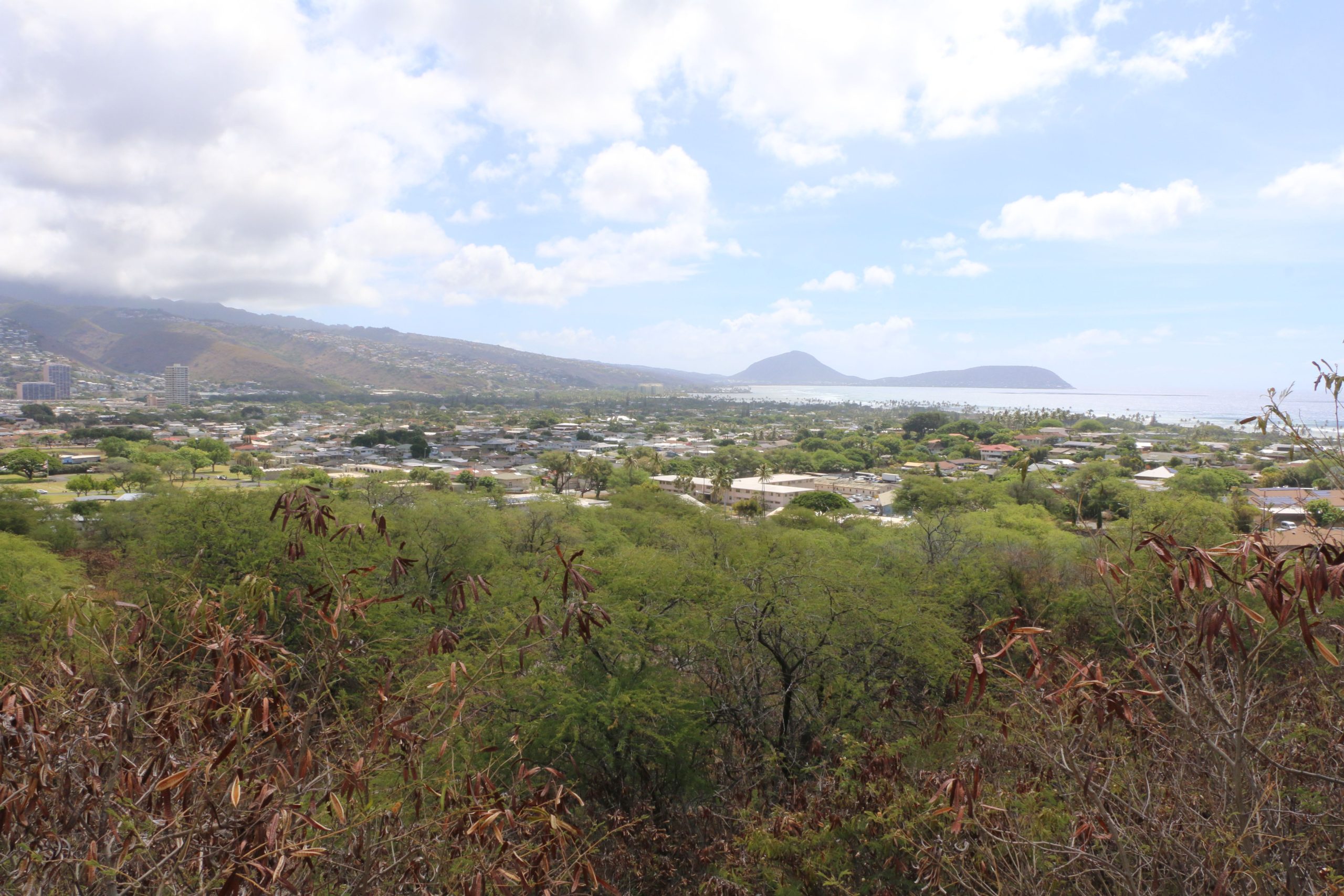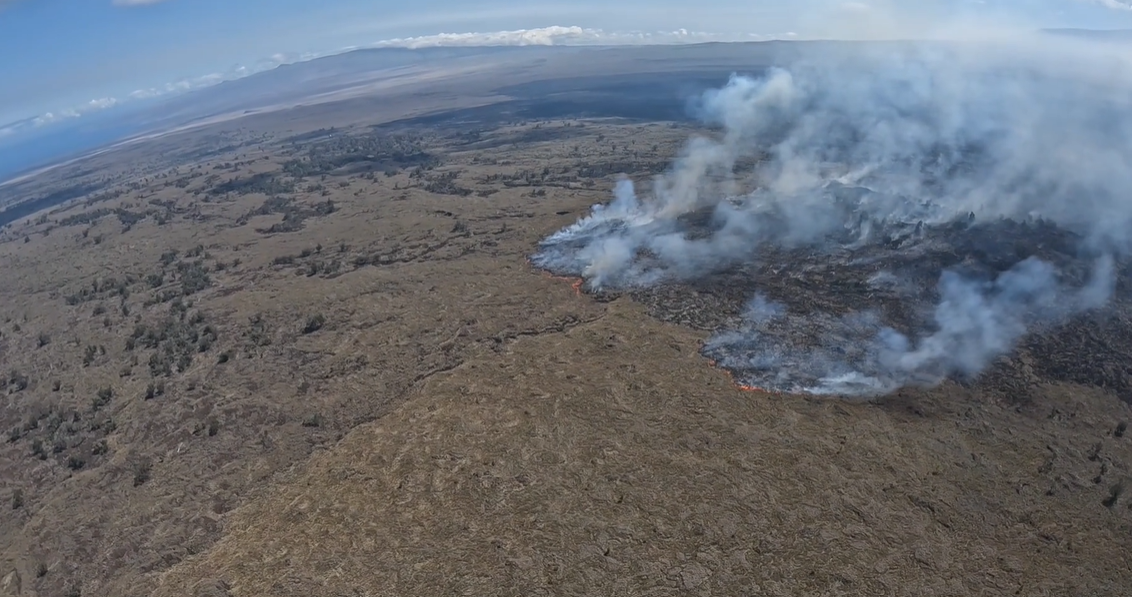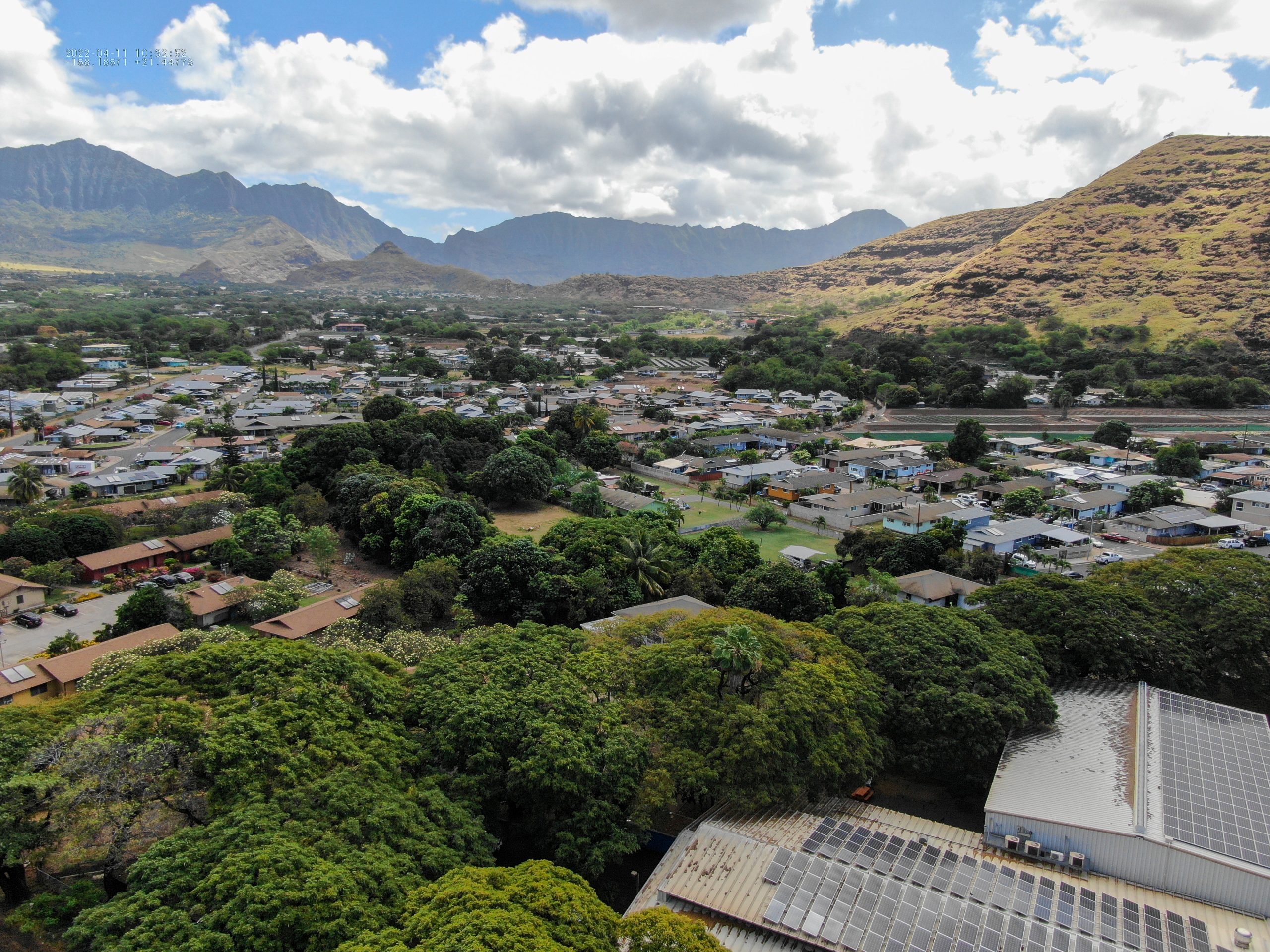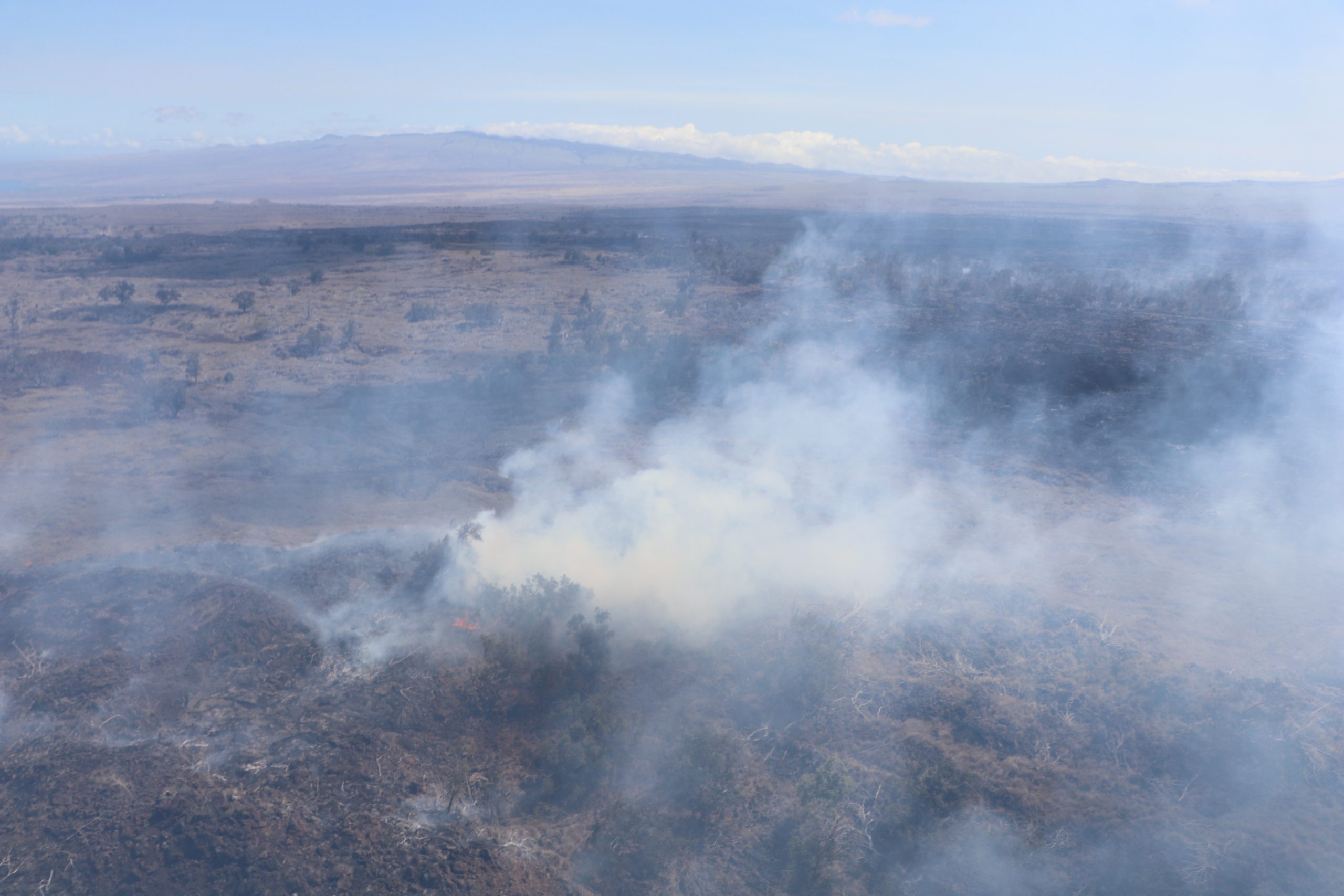(HONOLULU) – Each year wildfires burn thousands of acres of land in Hawai‘i impacting communities and natural resources. Dealing with serious fire threats to human safety, infrastructure, native ecosystems and wildlife, agricultural production, watersheds, and more, can leave both rural and urban communities overwhelmed.
Forestry & Wildlife
(HONOLULU) - Hawaiʻi residents have a wealth of natural resources to explore, but in some cases these places can be difficult to visit in person.
(LIHUE) - This morning a critically endangered ‘akikiki received VIP treatment with a helicopter ride from a valley deep in the Alaka‘i Plateau to safety at the Maui Bird Conservation Center (MBCC).
(LĪHUʻE) – As five members of a bird rescue team packed up for 10-days at a field camp in a remote area of Kaua‘i, they all understand the challenges they’ll face and a looming sense of desperation.
(HONOLULU) – Trees are critical when it comes to our community and lifestyle. So how can we support them to make the places we live, work, and play more healthy, sustainable, and resilient?
(HILO) – One had a toe injury. Another had a broken leg. A third nēnē (Hawaiian goose) had a wing amputated. Earlier this month, all three birds were released into the Hawai‘i Island Nēnē Sanctuary, on the lower slopes of Mauna Kea.
(HONOLULU) – Is there a role for everyone in wildfire prevention? Answers to this question and more were addressed at two virtual community planning workshops held Tuesday for residents of East Honolulu
(Waikōloa, Hawai‘i Island) – Just south of Waikōloa Village, the resort area, and mauka of Highway 190 near the Puu Lani Subdivision, a 17,000-acre wildfire has left a charred landscape. That’s 26.5-square-miles of burned land, that dozens of firefighters, supported by heavy equipment and air assets, have worked a week to extinguish. Today, they achieved 90 percent containment of the fire.
(HONOLULU) – Are you a college student or recent graduate interested in exploring the role of trees in our communities? The Kaulunani Urban and Community Forestry Program invites applicants for its Tree Canopy Viewer Fellowship program.
(WAIKŌLOA, HAWAI‘I) – 42 firefighters are back on the lines today in their effort to control the Leilani wildfire that sparked on Wednesday and was initially fueled by carpets of dry fountain grass and strong, gusty winds.
